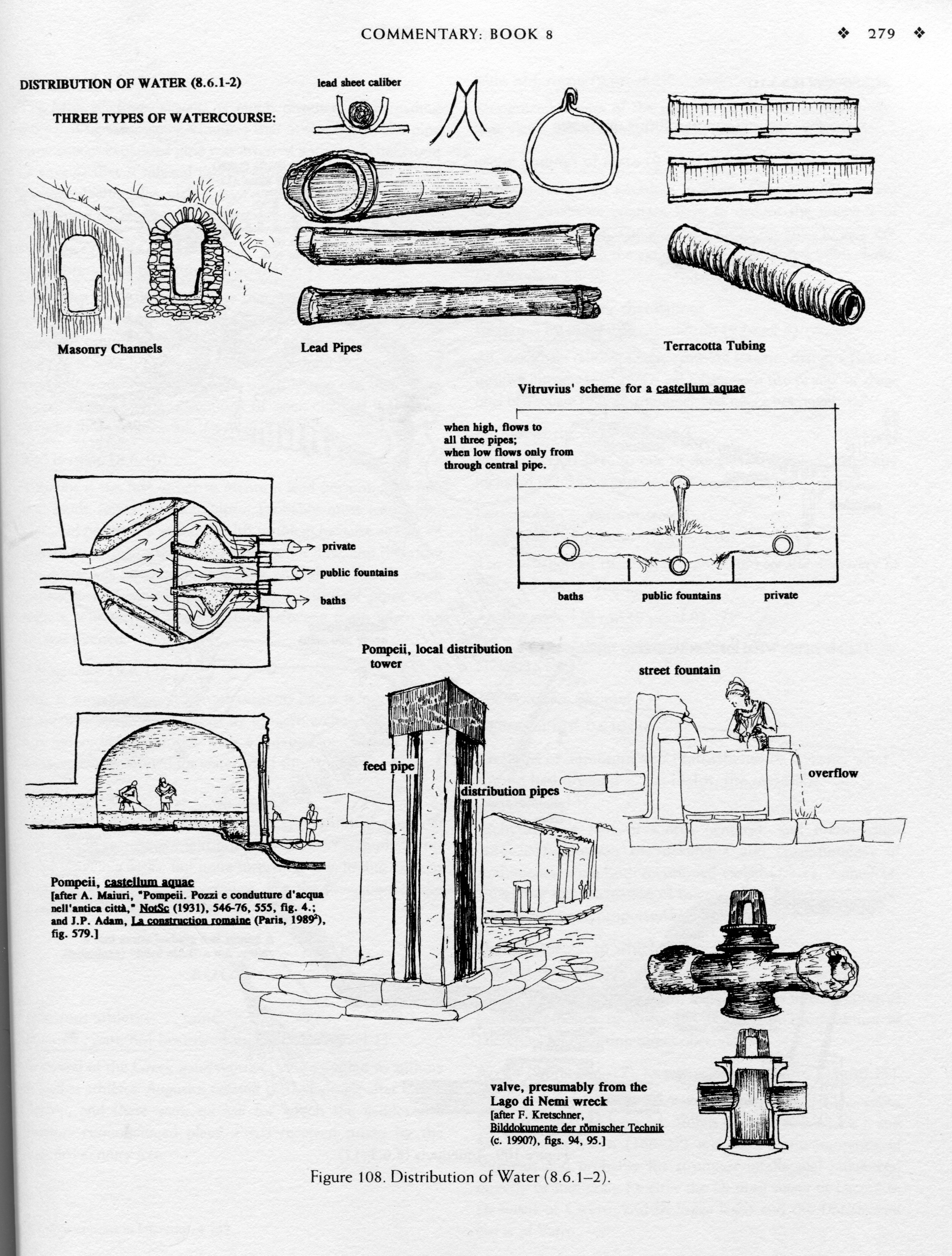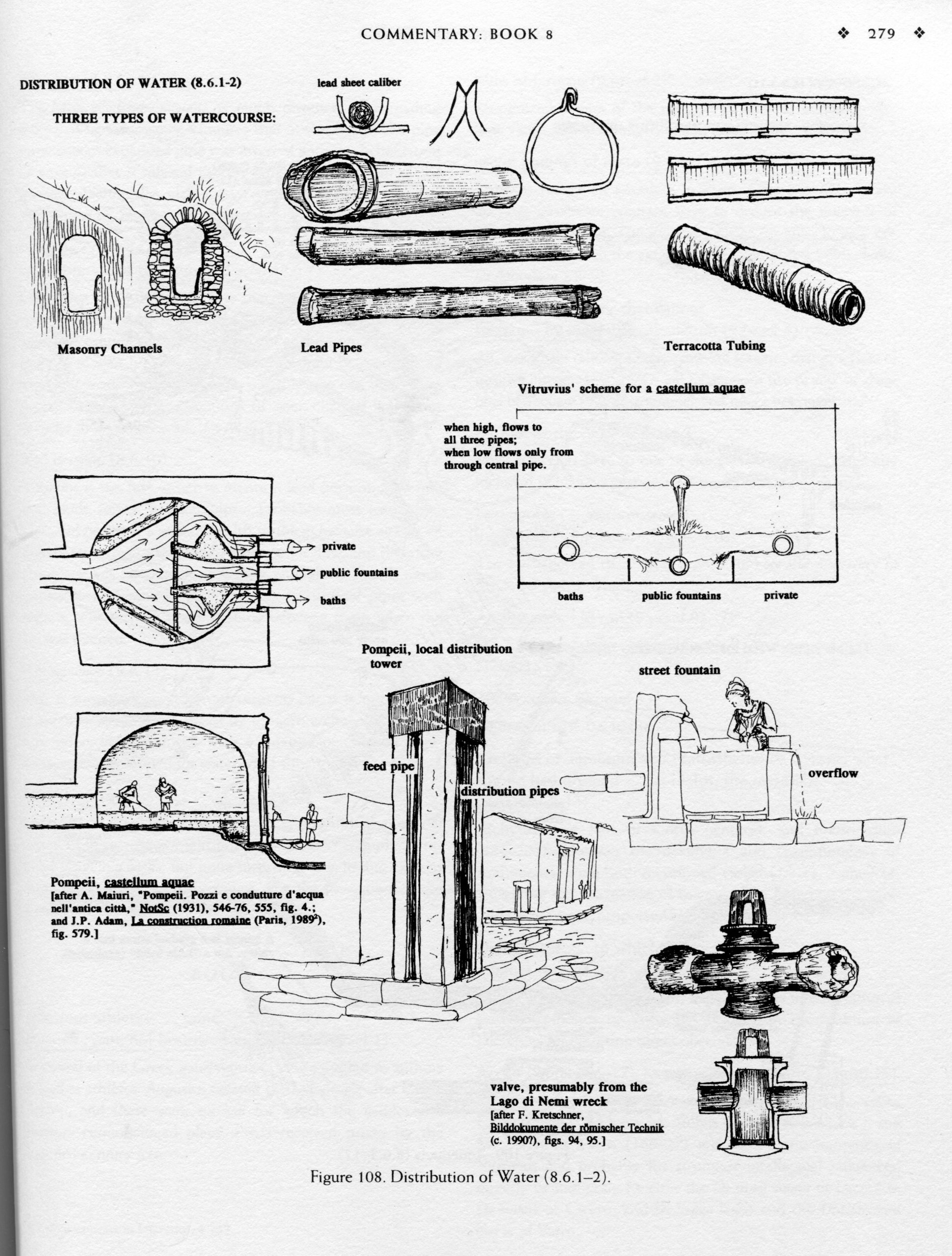
Title: From Aristotle to Algebra: The Extended Journey to the Mathematical Framework of Physics
Introduction
In the formative phase of university-level mathematics instruction, particularly in post-war Germany and similar regions, engaging with mathematics mandated a strict regimen: countless hours dedicated to proofs, lectures, exercises, and seminars that constituted a formidable initiation into the realm of abstract thought. This challenging preparatory ground laid the foundation for fields such as physics, where mathematics, once perceived as foreign, progressively emerged as the vernacular of the natural universe.
In contemporary times, the notion that physics is intrinsically mathematical appears obvious. Classical mechanics finds its roots in calculus, general relativity in differential geometry, and quantum mechanics in linear algebra. This relationship seems so apparent that some characterize physics merely as “applied mathematics.” However, this harmony between physics and mathematics is not inherent; it represents the outcome of a lengthy and intricate historical journey.
The Aristotelian Perspective
To comprehend our transition to today’s mathematically oriented science, we must revert to the intellectual climate of ancient Greece. For Aristotle (384–322 BCE), the physical universe was best grasped through empirical investigation and logical reasoning. Mathematics, deemed as pure abstraction, had no genuine connection to the physical domain because its elements—numbers, lines, circles—were absent in nature. Hence, within the Aristotelian framework, mathematics held no descriptive function in natural philosophy, which we now refer to as science.
The Mixed Sciences’ Contribution
Nonetheless, Aristotle recognized a role for mathematics within specific “mixed sciences”: astronomy, optics, and statics. These areas employed geometry and mathematics to forecast or depict phenomena, yet they did not seek to elucidate underlying causes, which remained under the purview of qualitative philosophical interpretations. In this vein, the geometric models of Ptolemaic astronomy were not viewed as accurate representations of celestial structures; they were merely computational tools, not reflections of the cosmos.
The Emergence of Mathematical Understanding
This dichotomy began to weaken in the sixteenth century, as a new breed of practitioners—mathematically skilled astronomers and natural philosophers—began to question the Aristotelian separation. Nicolaus Copernicus (1473–1543) contended that mathematical frameworks could accurately represent the real physical configuration of the cosmos. Following suit was Johannes Kepler (1571–1630), who utilized ellipses and thorough data examination to assert that planetary orbits were not mere models, but actual elliptical paths governed by mathematical principles.
In a similar fashion, Kepler’s contributions to optics advanced the field beyond mere abstract geometric representation. He posited that mathematical correlations—angles of incidence, focal distances, etc.—truly depicted the genuine workings of vision and lenses. This was a notable shift: mathematics transcended being merely a handy toolkit and began to be utilized in explaining the workings of nature.
Renaissance Humanism and Classical Literature
A pivotal catalyst for change in the sixteenth century was Renaissance humanism. This cultural movement, advocating for the rediscovery of classical texts in their original forms, facilitated the dissemination of long-forgotten works of ancient Greek and Roman scholars.
Previously overlooked or inadequately comprehended writings by Archimedes, Apollonius, and Hero of Alexandria were rediscovered, translated, and published. These texts introduced new generations of scholars to sophisticated geometrical concepts and practical uses of mathematics in engineering and mechanics.
The publication of such works, including those of Archimedes in 1544 and Apollonius’ materials throughout the century, reignited mathematical inventiveness. Archimedes, in particular, left a lasting impact on thinkers like Galileo Galilei (1564–1642) and others examining motion, hydrostatics, and balance, laying the groundwork for mathematically-informed empirical analysis.
Mathematics Reestablishes Itself in Academia
If Renaissance humanism played a crucial role in reintroducing mathematics, educational reforms ensured its permanence. Across Europe, universities—especially in Lutheran territories—commenced the formal inclusion of mathematics in academic programs. This initiative was largely influenced by figures like Philipp Melanchthon (1497–1560), who advocated for astrology (and hence astronomy and mathematics) as integral components of university education in Protestant Europe.
The Catholic realm was equally proactive. Jesuit polymath Christoph Clavius (1538–1612), despite being a Thomist Aristotelian, fervently supported mathematics. He campaigned for its inclusion in Jesuit educational frameworks, trained mathematics educators, and created textbooks on Euclid, astronomy, and even algebra based on the more recent analytical methodologies of François Viète (1540–1603).
Innovative Mathematical Instruments: Trigonometry, Algebra, and Beyond
Accompanying this educational transformation was the heightened availability of robust mathematical instruments. Trigonometry, which had been stagnant in medieval Europe, made a comeback via Arabic influences and advancements through European texts such as Regiomontanus’ De triangulis omnimodis (1533).
Perhaps the most revolutionary change was the introduction of symbolic algebra, brought in from Arabic traditions and popularized by European mathematicians like Leonardo Fibonacci (Liber Abbaci, 1202). Algebra largely stood apart from…
